Fleurs du Mal Magazine


Or see the index
![]()
MSK GENT
Gustave van de Woestijne
26.03.2010 – 27.06.2010
Kunstschilder Gustave Van de Woestijne (1881-1947) was een van de meest oorspronkelijke vertegenwoordigers van de moderne kunst in België. Als symbolist en bewonderaar van de middeleeuwse kunst, maar ook als geestesgenoot van de modernistische stromingen zoals het expressionisme en het neorealisme, creëerde hij een oeuvre dat in zijn tijd weinig mensen onverschillig liet. Van de Woestijne vestigde zich in 1900 met zijn broer, de dichter Karel, in Sint-Martens-Latem. De herhaalde bezoeken met zijn broer aan de beroemde tentoonstelling van de Vlaamse Primitieven in Brugge in 1902, heeft zijn stijl sterk beïnvloed. Vermoedelijk in navolging van Pieter Bruegel de Oudere, plaatst Van de Woestijne zijn religieuze taferelen dikwijls in de landelijke Leiestreek. In deze retrospectieve komen alle aspecten van deze veelzijdige kunstenaar aan bod aan de hand van 145 kunstwerken die geselecteerd zijn in verscheidene musea en privé verzamelingen.
fleursdumal.nl magazine
More in: Historia Belgica, Woestijne, Karel van de


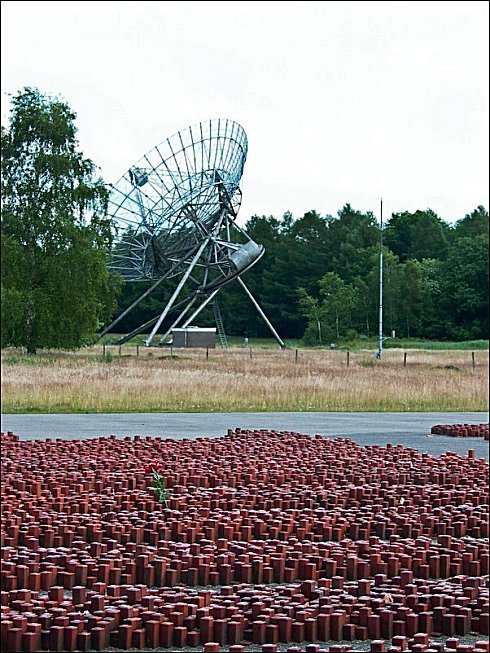
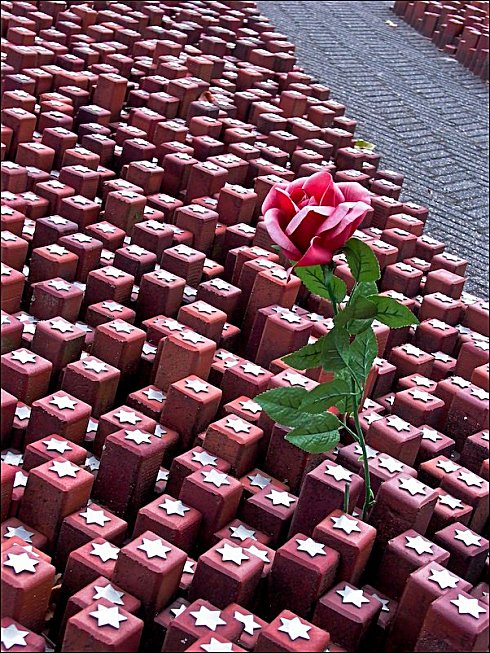
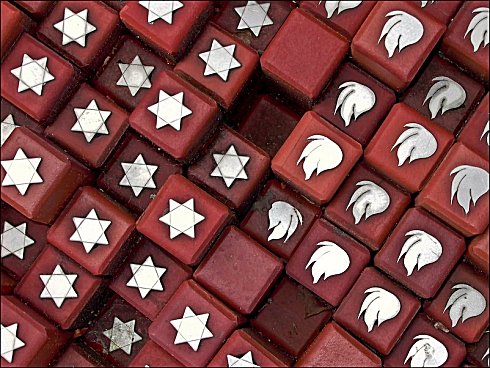

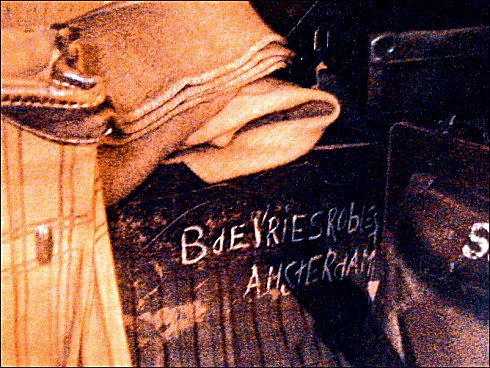
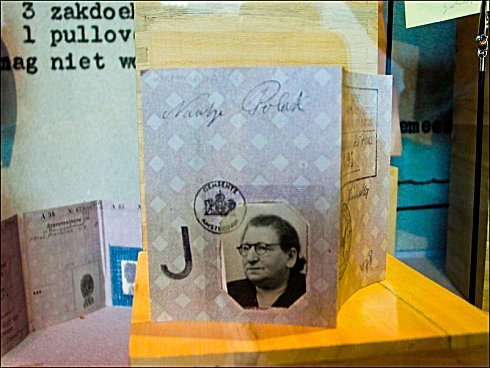
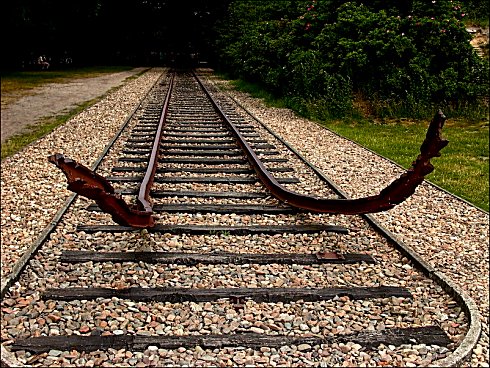
Herinneringscentrum Kamp Westerbork
Midden in Drenthe ligt een plek met een geschiedenis. Hier worden de levens van honderdduizend Nederlandse joden in herinnering gehouden. Op het terrein van kamp Westerbork met reconstructies en monumenten, en in het museum. Op deze site vindt u uitgebreide informatie over de geschiedenis van kamp Westerbork, het kampterrein en de monumenten en het museum, het Herinneringscentrum Kamp Westerbork.
In het museum van het Herinneringscentrum Kamp Westerbork wordt over het leven van slachtoffers en overlevenden van het kamp verteld. Persoonlijke verhalen in tentoonstellingen en films maken het verhaal van kamp Westerbork ook voor kinderen toegankelijk. Filmbeelden uit 1944, een gedeeltelijk ingerichte barak, een uit de trein geworpen laatste afscheidsgroet, een grote maquette van het kamp, tekeningen van spelende kinderen geven een beeld en een gevoel van dit sprekende verleden.
De meer dan honderdduizend namen van de slachtoffers worden in het museum continue geprojecteerd. Naast tentoonstellingen worden er vele activiteiten in het museum georganiseerd.
Photos Harrie Janssens
kempis poetry magazine
More in: Harrie Janssens Photos, Holocaust, WAR & PEACE

Jef van Kempen photos: Landscape 261
fleursdumal.nl magazine
More in: Camera Obscura, Jef van Kempen Photos & Drawings, Spurensicherung, ZERO art
.jpg)

Dans les bois
Au printemps l’Oiseau naît et chante :
N’avez-vous pas ouï sa voix ? …
Elle est pure, simple et touchante,
La voix de l’Oiseau – dans les bois !
L’été, l’Oiseau cherche l’Oiselle ;
Il aime – et n’aime qu’une fois !
Qu’il est doux, paisible et fidèle,
Le nid de l’Oiseau – dans les bois !
Puis quand vient l’automne brumeuse,
Il se tait… avant les temps froids.
Hélas ! qu’elle doit être heureuse
La mort de l’Oiseau – dans les bois !
Gérard de Nerval (1808-1855)
Poésie et Souvenirs
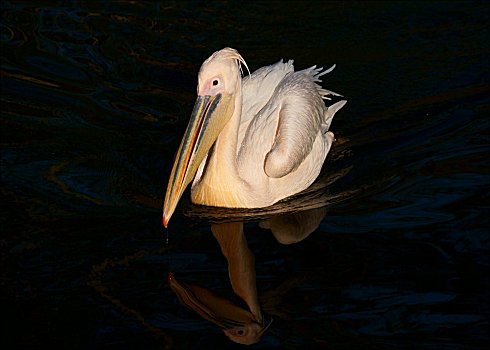
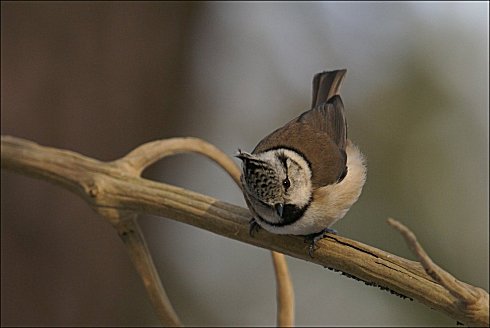
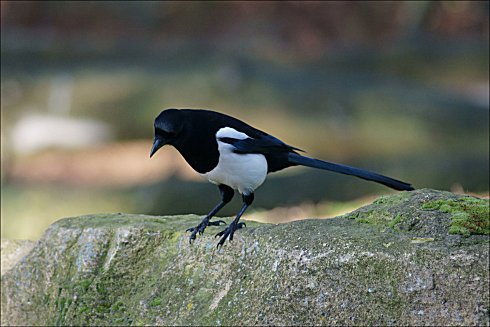
Hans Hermans Natuurdagboek april 2010
Poetry: Gérard de Nerval
Photos: Hans Hermans
kempis poetry magazine
More in: Hans Hermans Photos, MUSEUM OF NATURAL HISTORY - department of ravens & crows, birds of prey, riding a zebra, spring, summer, autumn, winter, Nerval, Gérard de
![]()
Van Abbe Museum Eindhoven
FREE SOL LEWITT
by SUPERFLEX
April 10 – September 2010
What is the artwork? An idea or an object?
How are art works to be shared and valued in today’s society?
The Van Abbemuseum has invited the Danish artist collective, SUPERFLEX to work with the museum’s collection.They have responded with the exhibition In-between Minimalisms and a new work, FREE SOL LEWITT – an installation made specially for the second part of Play Van Abbe. The museum is sometimes described as a prison in which the artwork is ‘locked-away’ like a criminal. With FREE SOL LEWITT, the artists playfully ask the Van Abbemuseum to ‘set free’ the work of the American artist, Sol LeWitt, Untitled (Wall Structure) , 1972.
SUPERFLEX has set-up a metal workshop inside the museum in which exact replicas of the specific artwork by LeWitt are made and then shared amongst the museum’s public, free of charge. The copies will be distributed to the public through a random system which visitors to the museum can sign-up for.
The museum has the duty to collect and document cultural property and to make this accessible to stimulate critical reflection, so that fresh perspectives may be presented and new developments in the cultural and social fields made possible. Yet, copyright laws can potentially prevent the museum from being able to fulfil its task. What should the museum’s position be in the current information age where the capacity to share and exchange information is restricted by the economic interests protected by copyright?
FREE SOL LEWITT will be put into context by SUPERFLEX in the exhibition In-between Minimalisms. This exhibition will consist of artworks from the periods of Minimalist and Conceptual art found in the Van Abbemuseum’s collection. Issues such as mass production, intellectual property, seriality and the artwork as concept are raised. FREE SOL LEWITT will be accompanied by a seminar and a special publication.
Photocopier: “If someone borrows from me, it makes me richer, not poorer. We artists, I believe, are part of a single community sharing the same language.” Sol LeWitt, in Flash Art, 1973.
SUPERFLEX considers FREE SOL LEWITT to be a homage to LeWitt and his ideas and describes his work as being like a photocopier. FREE SOL LEWITT contains instructions and resources with which the museum can replicate this specific work Untitled (Wall Structure), 1972 by Sol LeWitt from its collection and then give free copies to its visitors.
Art as a concept: SUPERFLEX chose this artwork by LeWitt as he is regarded as one of the founding fathers of Conceptual art, an art form which considered the idea to be more important than the physical manifestation of the art work as an object. In this instance, the original artwork, Untitled (Wall Structure) was industrially manufactured by others (and not by the artist) and so carries within it the idea of reproduction. The work by LeWitt is concerned more with the idea, or concept than with the work’s execution. As LeWitt said: “In conceptual art the idea or the concept is the most important aspect of the work. When an artist uses a conceptual form of art, it means that all of the planning and decisions are made beforehand and the executor is a perfunctory affair. The idea is a machine that makes the art” (from Paragraphs on Conceptual Art, 1967).
The copy machine: In the FREE SOL LEWITT workshop a couple of workmen work daily on reproducing LeWitt’s Untitled (Wall Structure). LeWitt commissioned a company to produce the work in 1972. Now in 2010, LeWitt’s work is being reproduced in a museum room, where four tables have been set-up. Here, workmen cut the aluminium, weld it into a lattice structure, sand this form and then paint it white. The copies lie stacked in a corner awaiting their new destinations. The installation makes the production, presentation and distribution of an art work simultaneously visible.
Artistic freedom: SUPERFLEX raise the issues of the functioning and obligations of the museum as the owner of a public collection in a modern democratic society. What are the obstacles the museum encounters along the way? What are the tensions that arise between the exponential increase and public demand for free access and exchange of information (i.e. the Internet) on the one hand and copyright; which can restrict this exchange, on the other? Like the current social debate about the illegal copying of images, music, film and digital media with this project, SUPERFLEX also raise issues concerning authorship, copyright and the ownership of culture that resonate throughout society. When a museum commits itself to artistic freedom in a public space, then it has to raise the issue of the rules and regulations that restrict this freedom.
Play Van Abbe Part 2: FREE SOL LEWITT and In-between Minimalisms, both belong to Part 2 of Play Van Abbe, called Time Machines. In this Part, the Van Abbemuseum will show several museum models from the past and explore the possibilities latent in these models, for the present and future. With FREE SOL LEWITT, SUPERFLEX reflect on the current museum of contemporary art. By making the codes of conduct evident – which are embedded in our legal system and which restrict our freedom of action – they want to introduce the opportunity for change and innovation.
SUPERFLEX re-introduce the museum as a progressive platform for the access, exchange and distribution of ideas.
Seminar and publication: On 14 May the seminar Who Owns the Artwork? (English spoken) takes place in the Van Abbemuseum. The aim of the seminar is to examine and discuss issues relating to authorship, copyright and the ownership of artworks by public institutions. In May, a publication will appear that will include essays which will discuss the FREE SOL LEWITT project, installation photographs and an interview with SUPERFLEX and with the curators.
fleursdumal.nl magazine
More in: Exhibition Archive
.jpg)
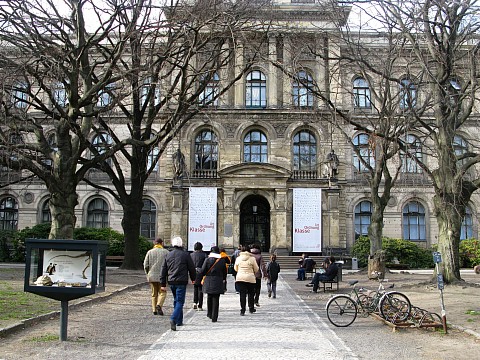
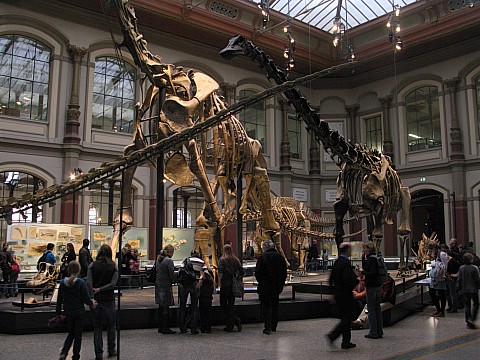

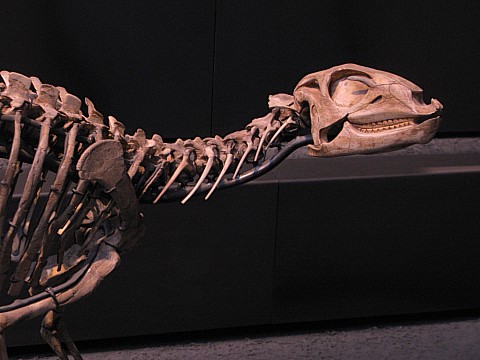
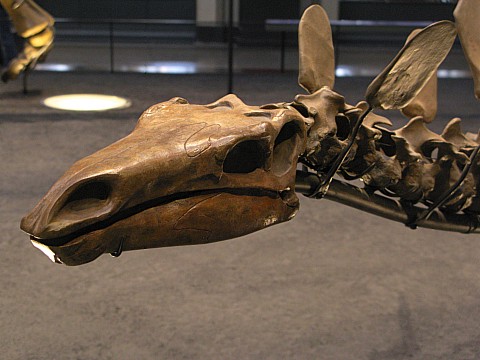
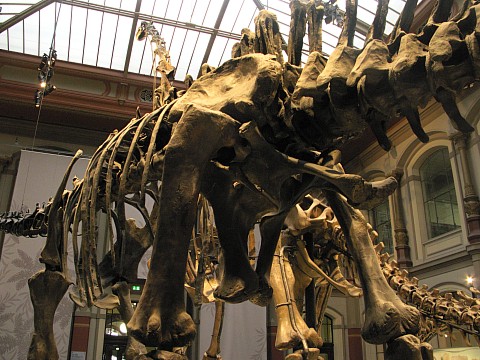
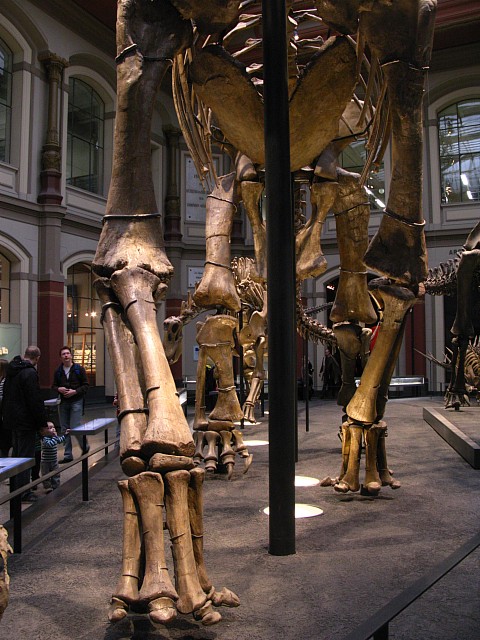
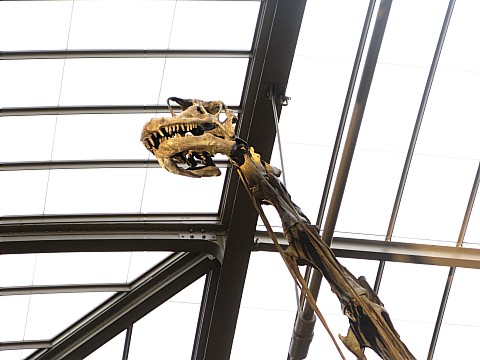
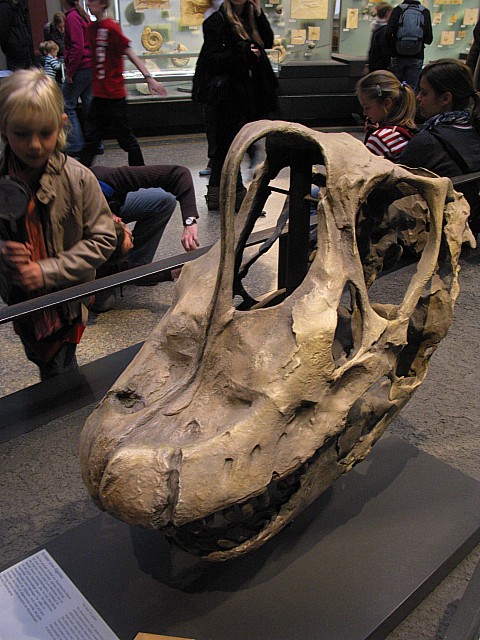


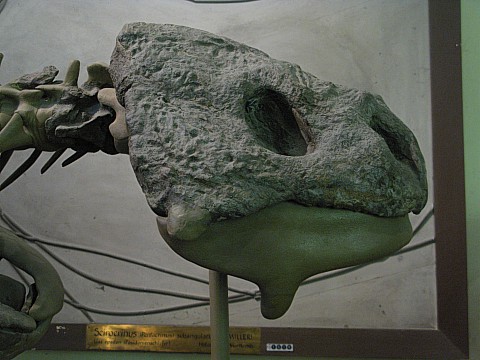
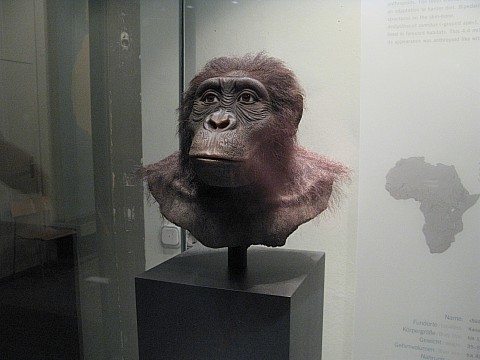
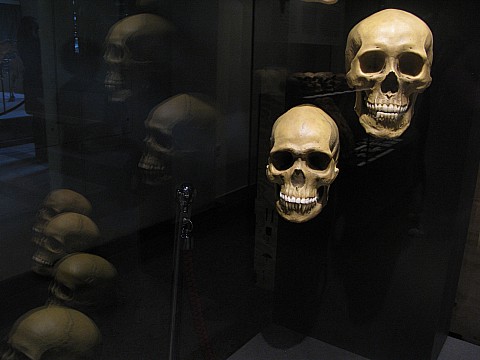
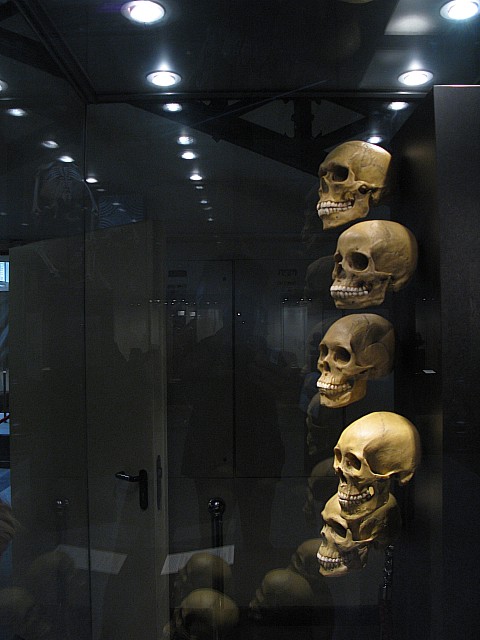
Museum für Naturkunde Berlin
Mit über 30 Millionen Sammlungsobjekten und einem öffentlichen Museum mit 6 600 qm Ausstellungsfläche ist das Museum für Naturkunde (eingerichtet 1810) das größte deutsche Naturkundemuseum und eines der fünf größten weltweit. Die wissenschaftlichen Sammlungen umfassen mineralogische, geologische, paläontologische und zoologische Sammlungsbestände. Sie bilden die Grundlage für die Forschung, die in den verschiedenen Bereichen des Museums durchgeführt wird, und für die öffentlichen Ausstellungen. Das Museum für Naturkunde wurde zum 1. Januar 2009 aus der Humboldt-Universität zu Berlin, zu der es bisher gehörte, ausgegliedert. Es bildet nun die Stiftung des Öffentlichen Rechts „Museum für Naturkunde – Leibniz-Institut für Evolutions- und Biodiversitätsforschung an der Humboldt-Universität zu Berlin”.
Nachrichten aus Berlin – Photos Anton K.
fleursdumal magazine
More in: MUSEUM OF NATURAL HISTORY - department of ravens & crows, birds of prey, riding a zebra, spring, summer, autumn, winter, Nachrichten aus Berlin
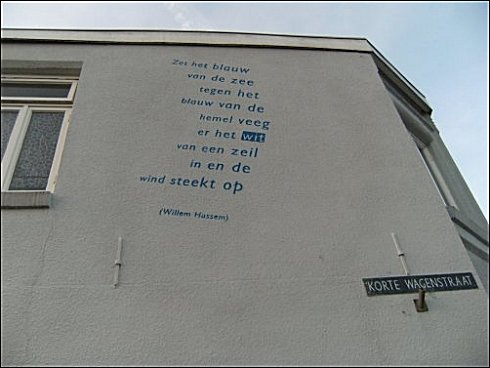
Gevelgedichten
in de gemeente Gilze en Rijen
Op markante gevels in Rijen, Molenschot en Gilze zijn drie gedichten op gevels geplaatst. Er volgen nog drie muurgedichten in Hulten, Rijen en Gilze. De kunstcommissie van de gemeente Gilze-Rijen hoopt er de komende jaren nog meer te kunnen realiseren.
*Willem Hussem
(Rotterdam 1900-Den Haag 1974)
‘Zet het blauw’
Plaats: Gilze
Hoek Nieuwstraat – Korte Wagenstraat
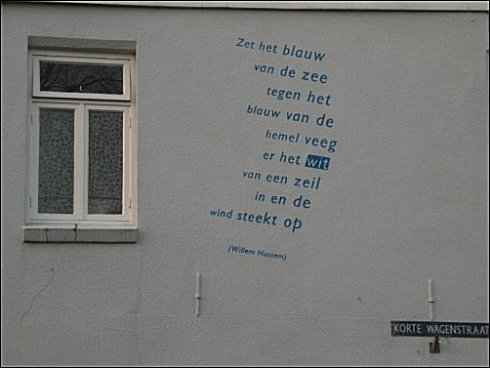
* Willem Kloos
(Amsterdam 1859-Den Haag 1938)
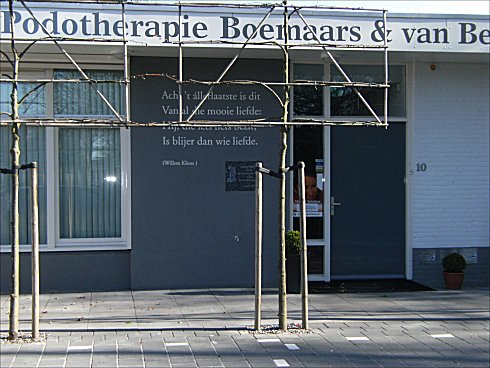
‘Ach, ‘t állerlaatste is dit’
Plaats: Molenschot
Praktijk voor podotherapie, Stappenakker
Ach, ‘t állerlaatste is dit
Van al die mooie liefde:
Hij, die iets liefs bezit,
Is blijer dan wie liefde.
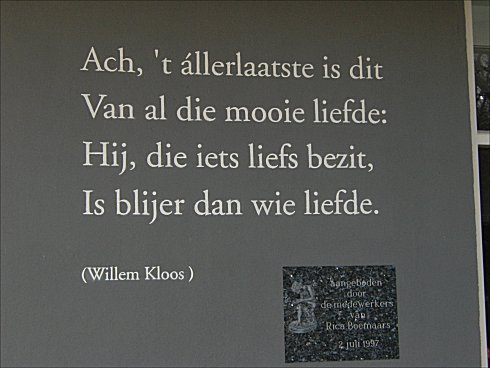
* K. Schippers
(Amsterdam 1936)
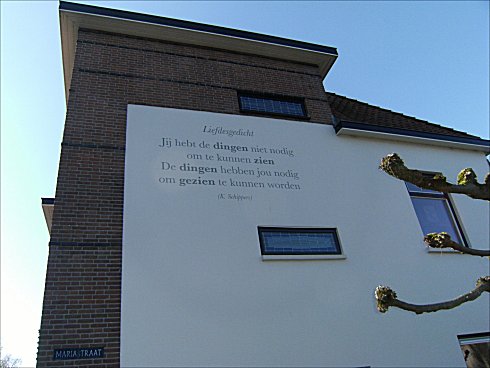
‘Liefdesgedicht’
Plaats: Rijen
Hoek Hoofdstraat – Mariastraat
Liefdesgedicht
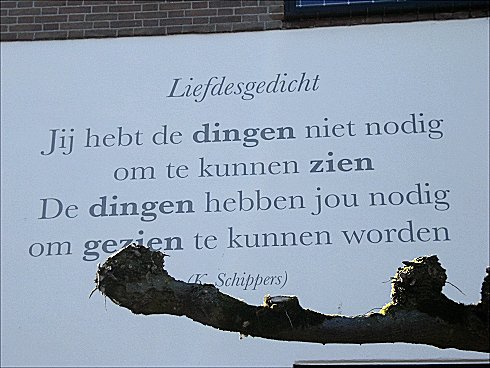
In voorbereiding:
Tjitske Jansen: Ridderstraat, Gilze
Erik van Os: Basisschool, Hulten
Herman Gorter: Raadhuisplein, Rijen
‘Gevelgedichten’ is een project van Hanneke van Kempen, Louis Chamuleau
en Jan de Jong namens de kunstcommissie Gilze en Rijen. De vormgeving
van de gedichten is van Frank Hermens (Hermens Concepts & Creations,
Rijen), het schilderwerk van Suk-Won Buter (Schildersbedrijf Buter,
Rijen). Met dank aan de eigenaren van de panden met de gevels achter de
gedichten.
Photos: Hanneke van kempen
fleursdumal.nl magazine
More in: Hanneke van Kempen, Street Art, Urban Art

.jpg)
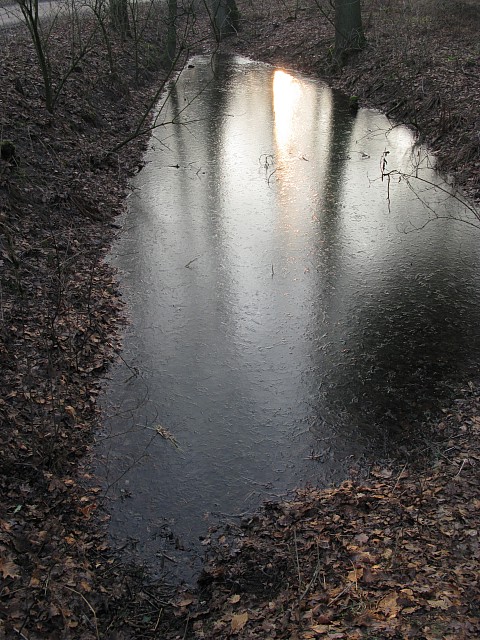
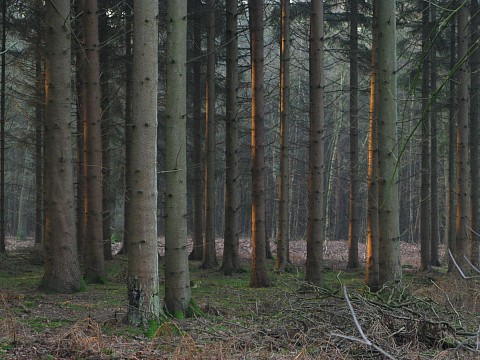
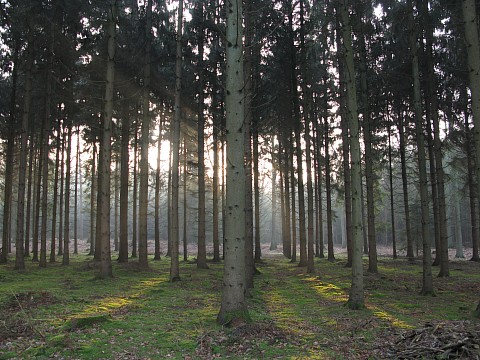

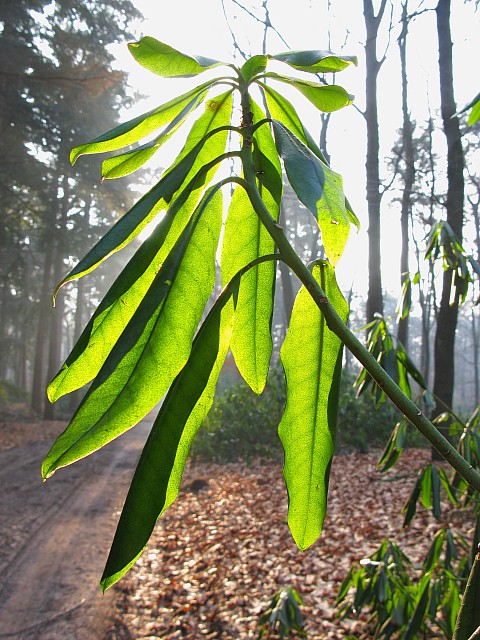
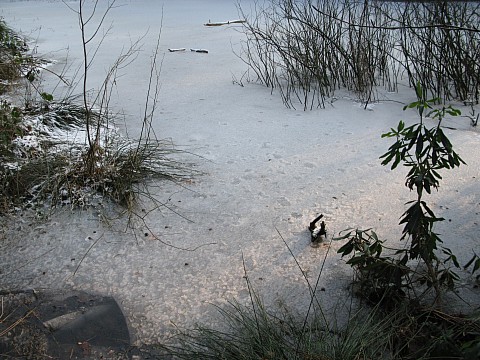


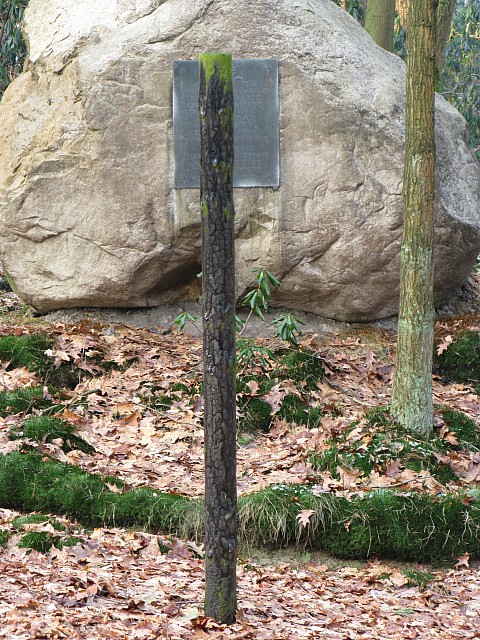
Fusilladeplaats en Oorlogsgraven
“Gorp en Rovert” (Hilvarenbeek NL)
15 augustus 1942, bericht uit een landelijke krant:
“Aangezien ondanks de uiterst dringende uitnoodiging van den Wehrmachtsbefehlhaber General der Flieger Christiansen de daders van den springstofaanslag in Rotterdam te laf zijn geweest om zich aan te melden, zijn de volgende gijzelaars aangepakt en hedenmorgen doodgeschoten:
– Mr. Robert Baelde, maatschappelijk werker, *22 juli 1907, woonplaats Rotterdam
– Willem Ruijs, directeur Rotterdamsche Lloyd, *25 augustus 1894, woonde in Rotterdam
– Otto Ernst Gelder, Graaf van Limburg Stirum, substituut officier van Justitie, geboren 13 april 1893, woonplaats Velp
– Christoffel Bennekers, hoofdinspecteur van politie, *28 mei 1894, woonplaats Rotterdam
– Alexander, Baron Schimmelpenninck van der Oije, landeigenaar, *21 december 1913, woonplaats Schuddebeurs “
In de vroege ochtend van 15 augustus 1942 werden door de Duitsers 5 personen in de bossen van “Gorp en Rovert” te Goirle (tegenwoordig gemeente Hilvarenbeek) gefusilleerd. Als eerder in gijzeling genomen Nederlanders werden zij gefusilleerd op bevel van Generaal der Flieger Christiansen als represaille voor de sabotage op 7 augustus 1942 aan een spoorlijn in Rotterdam.
De fusilladeplaats is te vinden in het uitgestrekte bosgebied “Gorp en Rovert” in de driehoek Hilvarenbeek / Goirle / Poppel (België).
Toegang aan de oostzijde van de N 283 Goirle-Poppel, ongeveer 1 km vóór de grens met België. Boven bij de witte slagboom hangt een oranje bord met “←15 AUG. 1942”, verder is de route alleen te voet of per fiets begaanbaar. Na ± 2 km op een kruising rechtsaf, na ± 300 meter nogmaals rechtsaf waarna 100 meter verder de omheinde executieplaats, met aan de zijkant 2 graven, is bereikt. De overige 3 personen zijn door hun familie elders herbegraven.
(Bron: http://www.oorlogsmusea.nl)
Photos: Ton van Kempen
kempis poetry magazine
More in: Galerie des Morts, Holocaust, Ton van Kempen Photos, WAR & PEACE
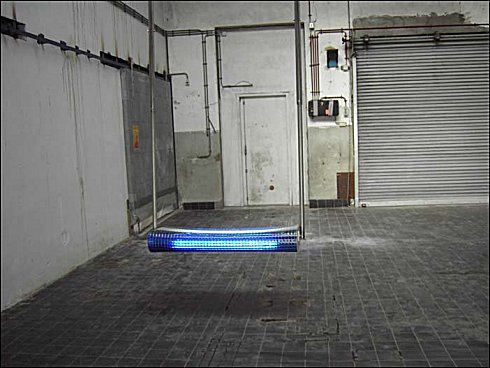
.jpg)
.jpg)
.jpg)
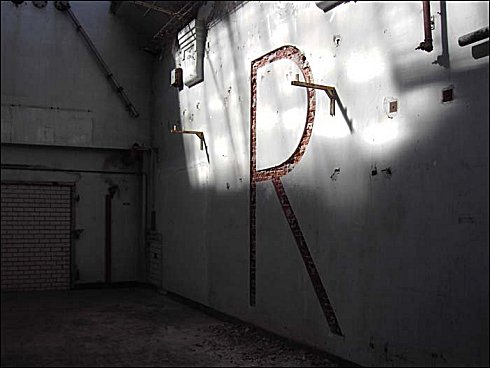
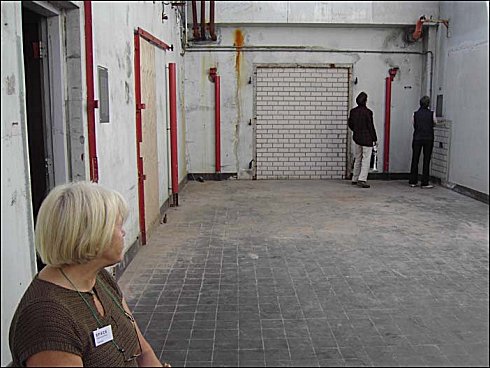
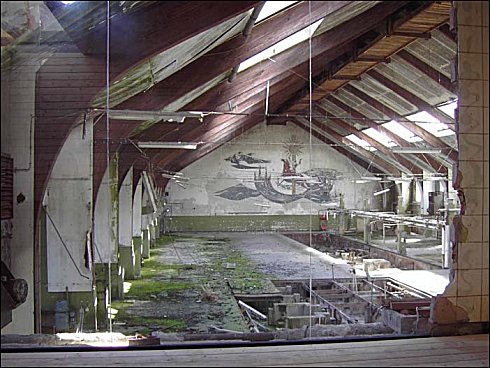
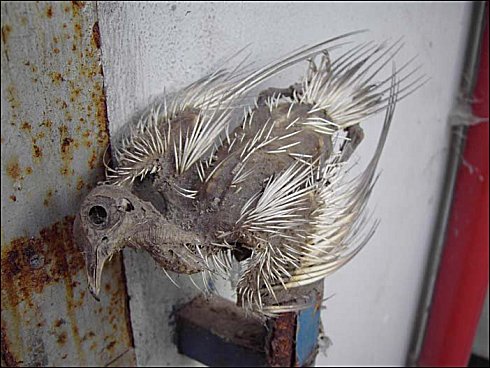
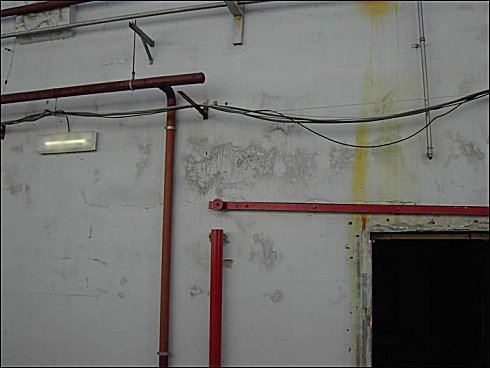
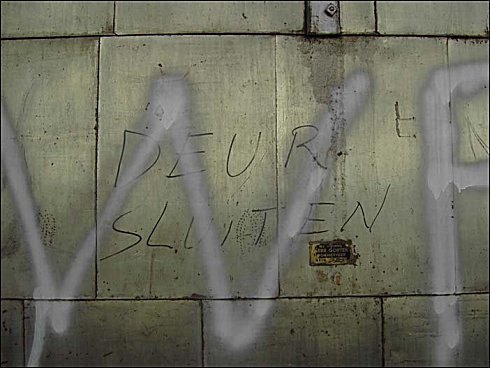
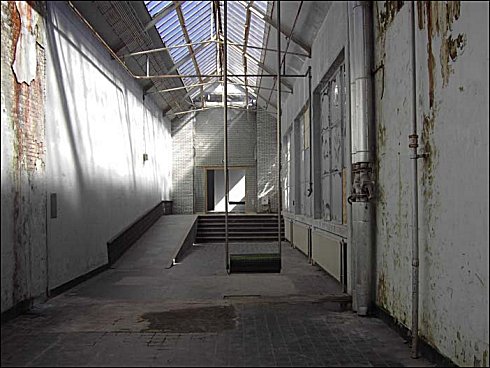
Museum: An institution devoted to the procurement, care, study, and display of objects of lasting interest or value; also : a place where objects are exhibited. Institution dedicated to preserving and interpreting the primary tangible evidence of humankind and the environment. In its preserving of this primary evidence, the museum differs markedly from the library, with which it has often been compared, for the items housed in a museum are mainly unique and constitute the raw material of study and research. In the museum the object, in many cases removed in time, place, and circumstance from its original context, communicates itself directly to the viewer in a way not possible through other media. Museums have been founded for a variety of purposes: to serve as recreational facilities, scholarly venues, or educational resources; to contribute to the quality of life of the areas where they are situated; to attract tourism to a region; to promote civic pride or nationalistic endeavour; or even to transmit overtly ideological concepts. Given such a variety of purposes, museums reveal remarkable diversity in form, content, and even function. Yet, despite such diversity, they are bound by a common goal: the preservation and interpretation of some material aspect of society’s cultural consciousness.
Joep Eijkens photos
fleursdumal.nl magazine
More in: FDM Art Gallery, Joep Eijkens Photos
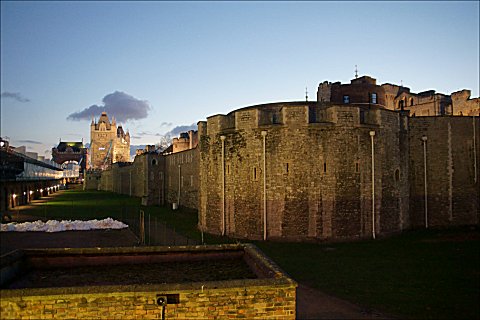
.jpg)
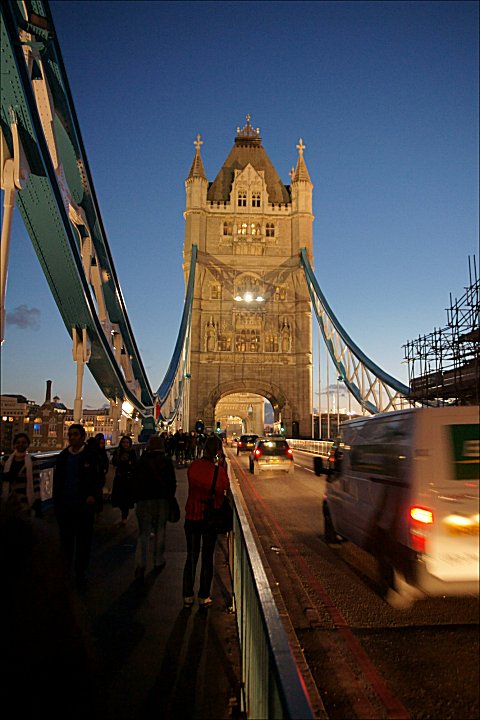

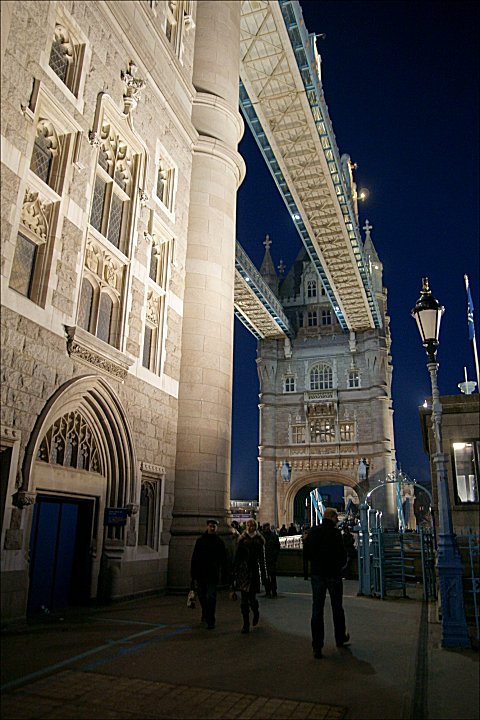

Rudyard Kipling
(1865-1936)
The River’s Tale
Prehistoric
Twenty bridges from Tower to Kew–
(Twenty bridges or twenty-two)–
Wanted to know what the River knew,
For they were young, and the Thames was old
And this is the tale that River told:–
“I walk my beat before London Town,
Five hours up and seven down.
Up I go till I end my run
At Tide-end-town, which is Teddington.
Down I come with the mud in my hands
And plaster it over the Maplin Sands.
But I’d have you know that these waters of mine
Were once a branch of the River Rhine,
When hundreds of miles to the East I went
And England was joined to the Continent.
“I remember the bat-winged lizard-birds,
The Age of Ice and the mammoth herds,
And the giant tigers that stalked them down
Through Regent’s Park into Camden Town.
And I remember like yesterday
The earliest Cockney who came my way,
When he pushed through the forest that lined the Strand,
With paint on his face and a club in his hand.
He was death to feather and fin and fur.
He trapped my beavers at Westminster.
He netted my salmon, he hunted my deer,
He killed my heron off Lambeth Pier.
He fought his neighbour with axes and swords,
Flint or bronze, at my upper fords,
While down at Greenwich, for slaves and tin,
The tall Phoenician ships stole in,
And North Sea war-boats, painted and gay,
Flashed like dragon-flies, Erith way;
And Norseman and Negro and Gaul and Greek
Drank with the Britons in Barking Creek,
And life was gay, and the world was new,
And I was a mile across at Kew!
But the Roman came with a heavy hand,
And bridged and roaded and ruled the land,
And the Roman left and the Danes blew in–
And that’s where your history-books begin!”


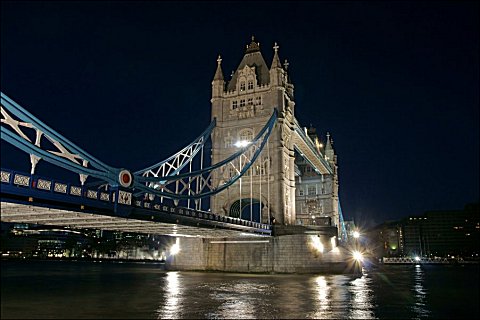


Hans Hermans photos
Poem Rudyard Kipling
kempis poetry magazine
More in: Archive K-L, CLASSIC POETRY, FDM in London, Hans Hermans Photos, Kipling, Rudyard
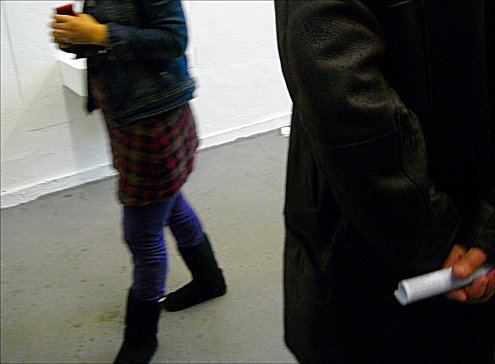
Jef van Kempen photo: Landscape 51
fleursdumal.nl magazine
More in: Camera Obscura, FDM Art Gallery, Jef van Kempen, Jef van Kempen Photos & Drawings, Kempen, Jef van, Museum of Lost Concepts, Spurensicherung
.jpg)
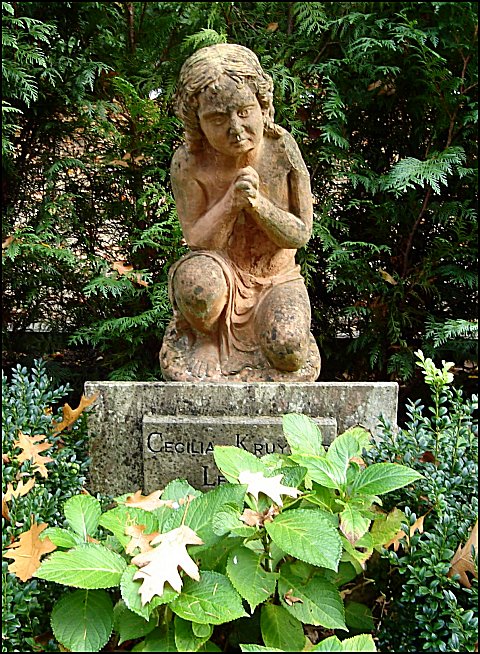
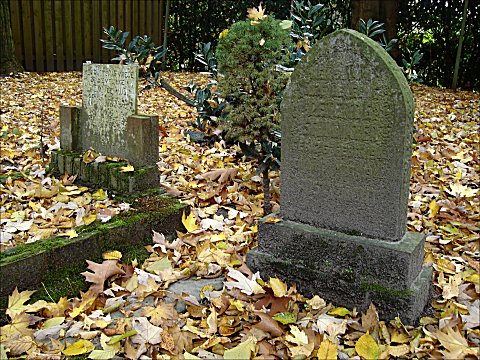



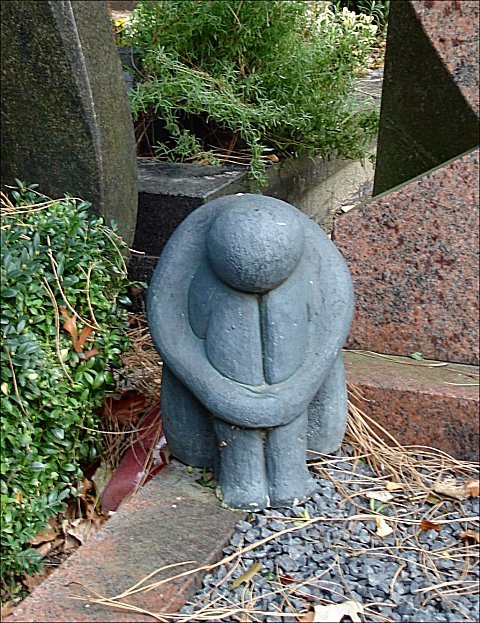

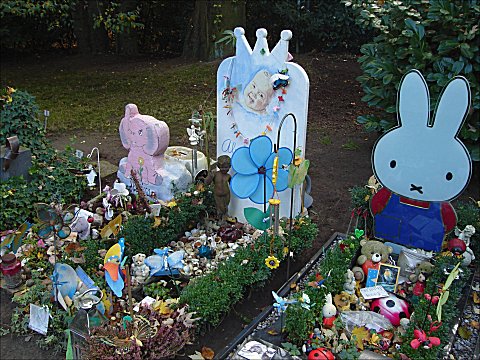
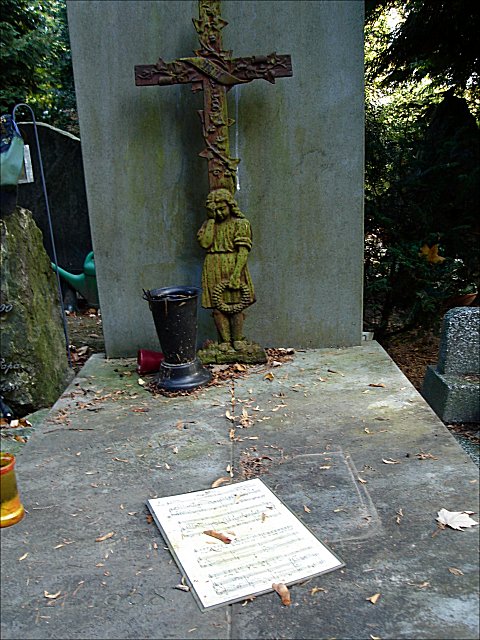
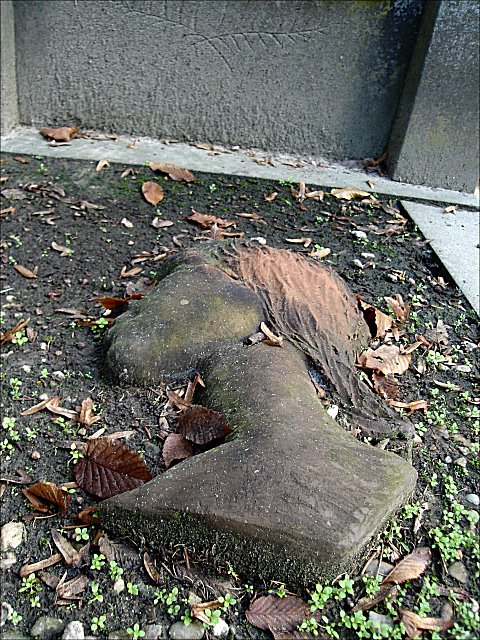
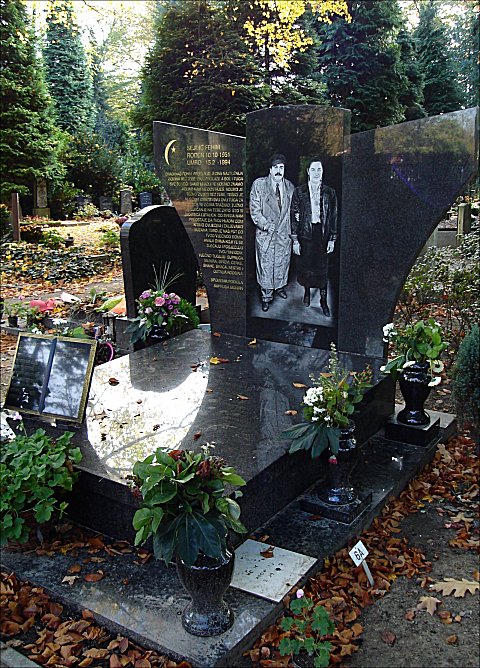
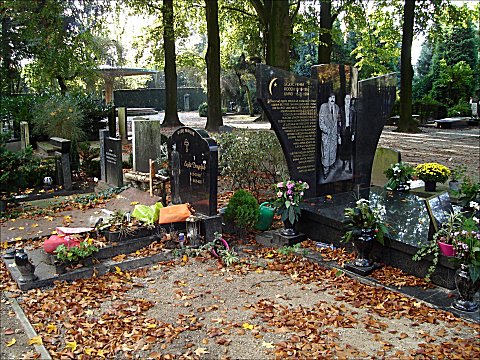
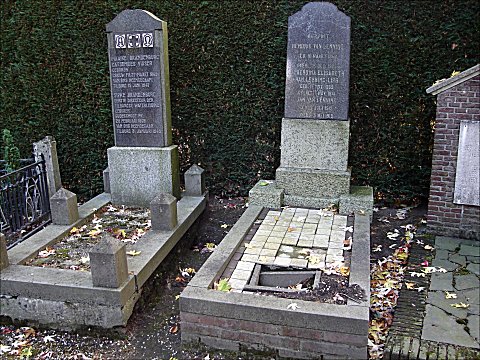

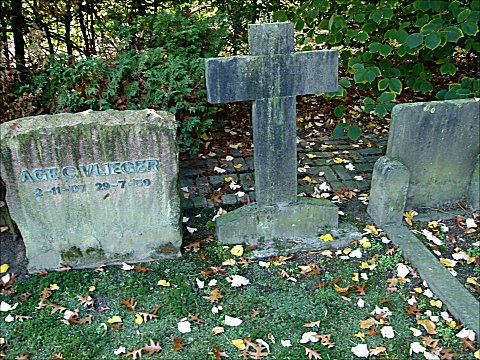
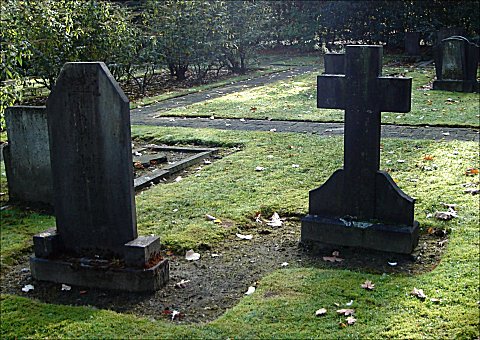

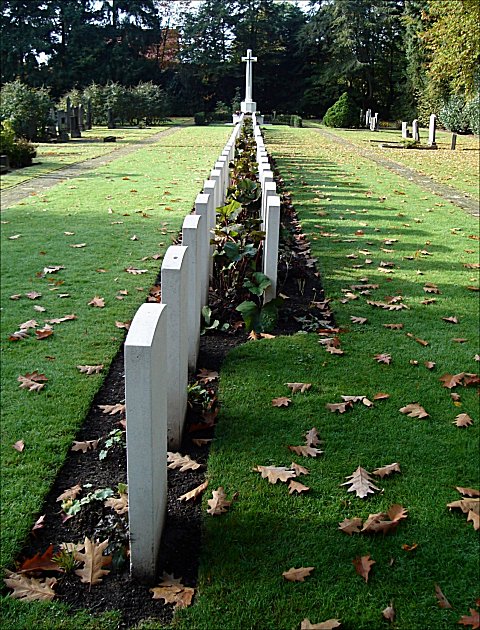
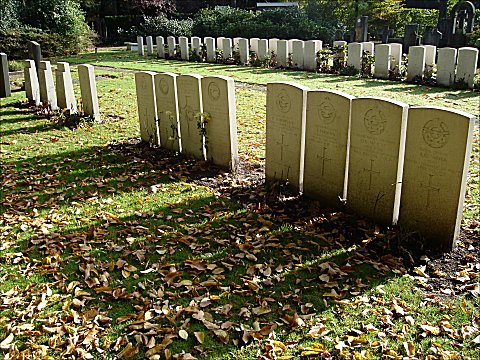
G A L E R I E D E S M O R T S XVII
Les Morts de Tilburg NL (Gilzerbaan) – © photos kempis
kempis poetry magazine – magazine for art & literature
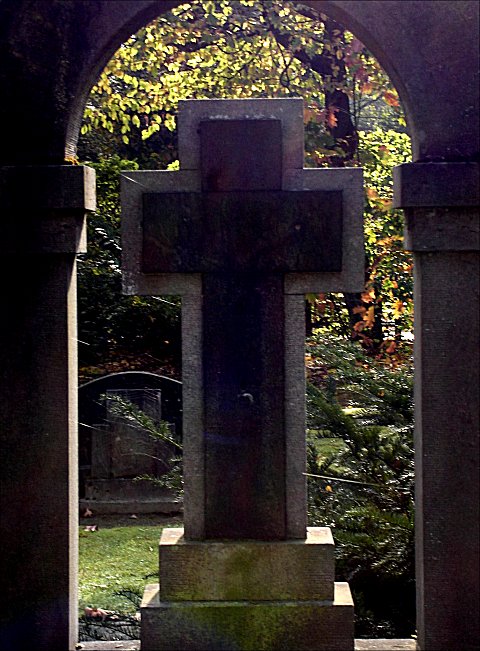
m u s e u m o f l o s t c o n c e p t s
More in: Galerie des Morts
Thank you for reading Fleurs du Mal - magazine for art & literature